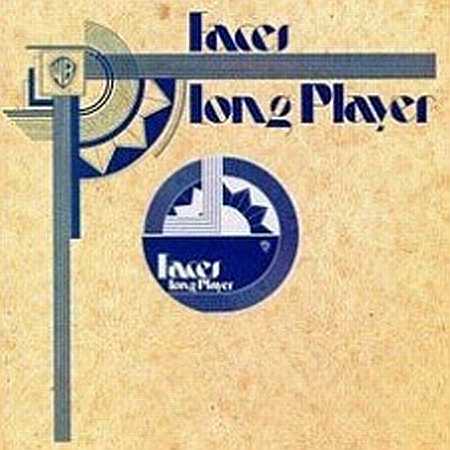
Faces (sometimes known as The Faces) are an English rock band formed in 1969 by members of the Small Faces after Steve Marriott left that group to form Humble Pie. The remaining Small Faces - Ronnie Lane (bass guitar), Ian McLagan (keyboards) and Kenney Jones (drums & percussion) - were joined by Ronnie Wood (guitar) and Rod Stewart (lead vocals), both from The Jeff Beck Group, and the new line-up was renamed Faces. Faces released four studio albums and toured regularly until the autumn of 1975, although Stewart simultaneously pursued a solo recording career, and during the band's final year Wood also toured with The Rolling Stones, whom he later joined. Long Player, from 1971, was the second album by Faces. Among the highlights are the live cover of Paul McCartney's "Maybe I'm Amazed", the rave-up "Had Me a Real Good Time" and the opening "Bad 'n' Ruin". A single version of "Maybe I'm Amazed" appeared just ahead of the album, featuring a studio version of the song in lieu of the live version presented on the album proper.
01 - Bad 'n' Ruin
02 - Tell Everyone
03 - Sweet Lady Mary
04 - Richmond
05 - Maybe I'm Amazed
06 - Had Me A Real Good Time
07 - On The Beach
08 - I Feel So Good
09 - Jerusalem
LINK
01 - Bad 'n' Ruin
02 - Tell Everyone
03 - Sweet Lady Mary
04 - Richmond
05 - Maybe I'm Amazed
06 - Had Me A Real Good Time
07 - On The Beach
08 - I Feel So Good
09 - Jerusalem
LINK
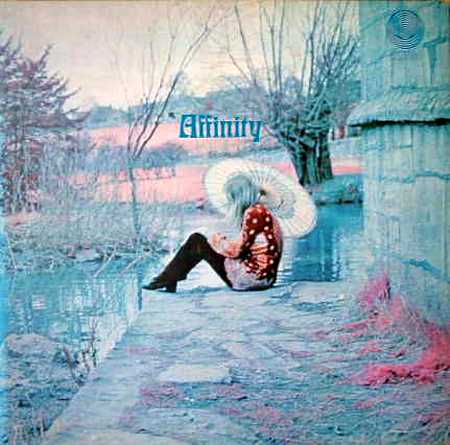 The origin of Affinity was, circa 1965 in the science department of the University of Sussex in Brighton, England. Three science students called Lynton Naiff (piano), Grant Serpell (drums), and Nick Nicholas (double bass) had formed the US Jazz Trio, they played at University events and local gigs. When Serpell graduated a year later he was replaced by Mo Foster who had earlier been playing bass guitar in his school band but had now adapted to playing drums. After university Naiff and Serpell, along with members of other bands gathered from other university bands, formed the pop group Ice. Although Ice was moderately successful commercially it only lasted for about a year before it disbanded. Although Ice had disbanded, Naiff and Serpell were keen to continue with a career in music. They decided to start a new jazz-influenced pop band. To this end they invited Foster to join them, only this time on bass guitar as Serpell would be carrying out the drummer's duties. After holding auditions they met ex-Tridents guitarist Mike Jopp. They liked his playing and his ability to play both jazz and pop, and perhaps more importantly he had his own amp and a car.The auditions continued for a singer. They unanimously decided on an English teacher they had met previously, Linda Hoyle. After obtaining a loan, which was guaranteed by Jopp's father, they bought the equipment needed to start the band. They bought Impact amplifiers, a Hammond M102 organ, a Gibson EBO bass guitar, some microphones and a grey Ford Transit van. They then spent the summer of 1968 rehearsing, writing, and generally chilling out at a rented bungalow on the edge of Brighton. The first thing they needed to do though was invent a name for themselves, eventually they settled on "Affinity" which came from the name of an Oscar Peterson LP. 01 - I Am And So Are You 02 - Night Flight 03 - I Wonder If I Care As Much 04 - Mr. Joy 05 - Three Sisters 06 - Cocoanut Grove 07 - All Along The Watchtower 08 - Eli's Coming 09 - United States Of Mind LINK |
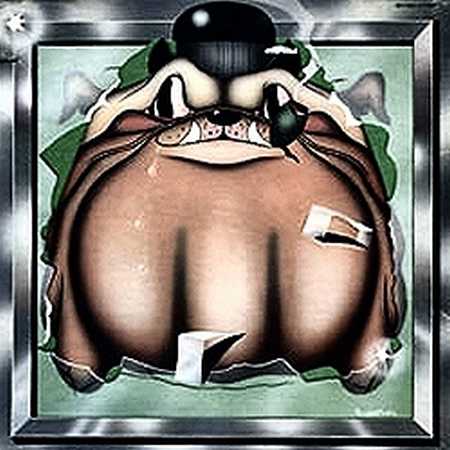 Bulldog were an obscure spinoff of the Rascals that formed in 1971. Gene Cornish and Dino Danelli, after leaving their successful act behind, enlisted Billy Hocher, John Turi and Eric Thorngren to round out the lineup. After a successful showcase performance, Decca Records came calling and soon Bulldog's self-titled debut was released. Though the album sported some uncharacteristic heaviness that surely surprised Rascals fans, the album was a bit too short on hooks to captivate the fickle record buying public. Perhaps the gruff Bob Seger/Joe Cocker vocals of Hocher seemed like a strange pairing with the material presented. 01 - Flamingo 02 - Are You Really Happy Together 03 - Honeymoon Couple 04 - Bad Bad Girl 05 - Brown Eyed Handsome Man 06 - We Had A Real Good Time 07 - Ooh When You Smile 08 - Rock & Roll Hootchie Coo 09 - I Tip My Hat 10 - I Tried To Sleep LINK |
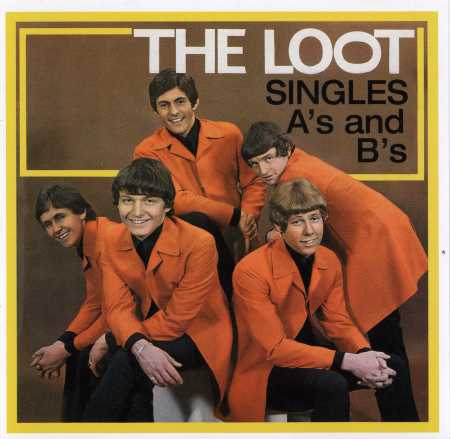 The Loot were something of a poppier, minor-league Troggs. Like the Troggs, they came from Andover. Guitarist Dave Wright had been an early member of the Troggs, and briefly replaced Chris Britton in the Troggs when Britton left the band for a short spell in 1967. The Loot recorded for Page One, the label run by Troggs manager Larry Page, and issued "Baby Come Closer" as their 1966 debut single; the song would also be done by the Troggs on their second LP. The Loot never did have anything close to a hit, in large part because they never did corral the right song for any of their half-dozen 1966-1969 singles. They played fair but hardly outstanding moddish pop/rock, a bit lusty and raw sometimes, but not nearly as much so as the Troggs. Seven of the 12 songs from their singles are included on the various-artists compilation Untamed & Innocent, which also has rarities from fellow collector-favorite mod bands the Sorrows, the Untamed, and the Thoughts.(MZA) 01 - She's A Winner 02 - Try To Keep It A Secret 03 - Baby 04 - Baby Come Closer 05 - Meet Jaqueline 06 - You Need Someone To Love 07 - Radio City 08 - Save Me 09 - I've Just Gotta Love You 10 - Don't Turn Around 11 - I Got What You Want 12 - Gotta Get Home 13 - You Are My Sunshine Girl 14 - Whenever You're Ready LINK |
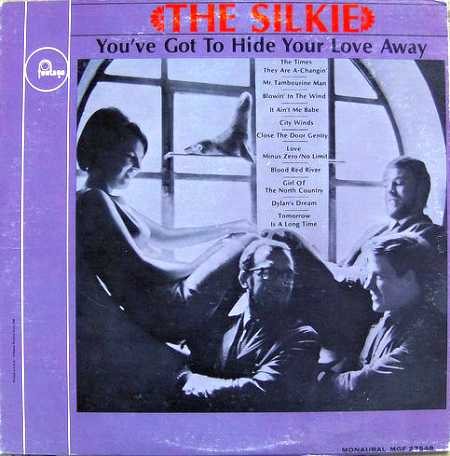 The Silkie were an English folk music group. Their name derived from an Orcadian song The Great Silkie of Sule Skerry, which they sometimes performed. They were briefly considered to be the English equivalent of Peter, Paul and Mary, with their common repertoire of Bob Dylan songs, and the original Australian folk group, The Seekers. The original quartet were Hull University students and consisted of Sylvia Tatler (vocals), Mike Ramsden (guitar and vocals), Ivor Aylesbury (guitar and vocals) and Kevin Cunningham (double bass). The group received help from John Lennon, Paul McCartney and George Harrison to record their cover version of "You've Got to Hide Your Love Away" on 9 August 1965 at the IBC Studios at about the same time as The Beatles' own version was being released on their album Help! The song charted in the UK at # 28 and also reached # 10 on the U.S. Billboard Hot 100 in the same year. John Lennon produced while Paul McCartney played the guitar and George Harrison kept time by tapping his guitar and also playing the tambourine. When the recording was completed, Lennon was so pleased with it that he rang Brian Epstein, played it over the phone to him, and told him that they had just recorded a Number 1 hit. The Silkie had been scheduled to tour the United States in December 1965 and had even been booked to appear on both the Ed Sullivan Show and American Bandstand, but were unable to obtain the necessary visas and work permits so the tour was subsequently cancelled. Two further singles released in 1966 failed to make the UK or U.S. charts and The Silkie finally split up. 01 - You've Got To Hide Your Love Away 02 - The Times They Are A-Changin' 03 - Mr. Tambourine Man 04 - Close The Door Gently 05 - Bob Dylan' Dream 06 - Girl Of The North Country 07 - Blowin' In The Wind 08 - Blood Red River 09 - Love Minus Zero-No Limit 10 - It Ain't Me, Babe 11 - Tomorrow Is A Long Time 12 - City Winds 13 - Leave Me To Cry 14 - Keys To My Soul 15 - Born To Be With You 16 - I'm So Sorry LINK |
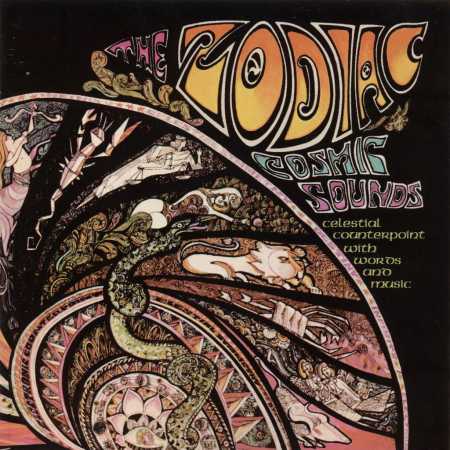
...it was dawning of the Age of Aquarius, and anything was possible. The year was 1967, the Summer of Love, and this "collective concept album" put out by Electra Records perfectly encapsulates that heady, incense scented time. With its traditional rock instruments alongside early synths and electronics, exotic percussion, sitars, harpsichords, bells and other effects, this is as gloriously an innocent psychedelic foray as you are likely to find. The Zodiac is not really a band, per se, but a gathering of some of the hottest session musicians of the time. The music is all instrumental, but backs periodic, ever so serious poetic recitations by Cyrus Faryar, as he goes through each of the twelve signs of the zodiac, giving each one a character to represent it (Aquarius, The Lover of Life; Gemini, The Cool Eye; Libra, The Flower Child, etc.) Water has faithfully reproduced the wildly colorful cover, including the purple lettered instruction on the back: Must Be Played In the Dark. I can just imagine a bunch of stoned hippies back in 1967, sitting around in the dark listening to this, deriving great meaning from Faryar's poetic musings. "Far out, man." It's a fun album, if you listen to it in light of the times it was recorded in. Quite a bit of the music is actually very creative and trippy, utilizing unusual instruments that may sound familiar to some now, but were unheard of in rock music in 1967. Cosmic Sounds is a fascinating and entertaining glimpse into the past, into a time full of innocent hope and joyous experimentation.(Aural Innovations #21, 2002)
01 - Aries - The Fire-Fighter
02 - Taurus - The Voluptuary
03 - Gemini - The Cool Eye
04 - Cancer - The Moonchild
05 - Leo - The Lord Of Lights
06 - Virgo - The Perpetual Perfectionist
07 - Libra - The Flower Child
08 - Scorpio - The Passionate Hero
09 - Saggitarius - The Versatile Daredevil
10 - Capricorn - The Uncapricious Climber
11 - Aqaurius - The Lover Of Life
12 - Pisces - The Peace Piper
LINK
Nenhum comentário:
Postar um comentário